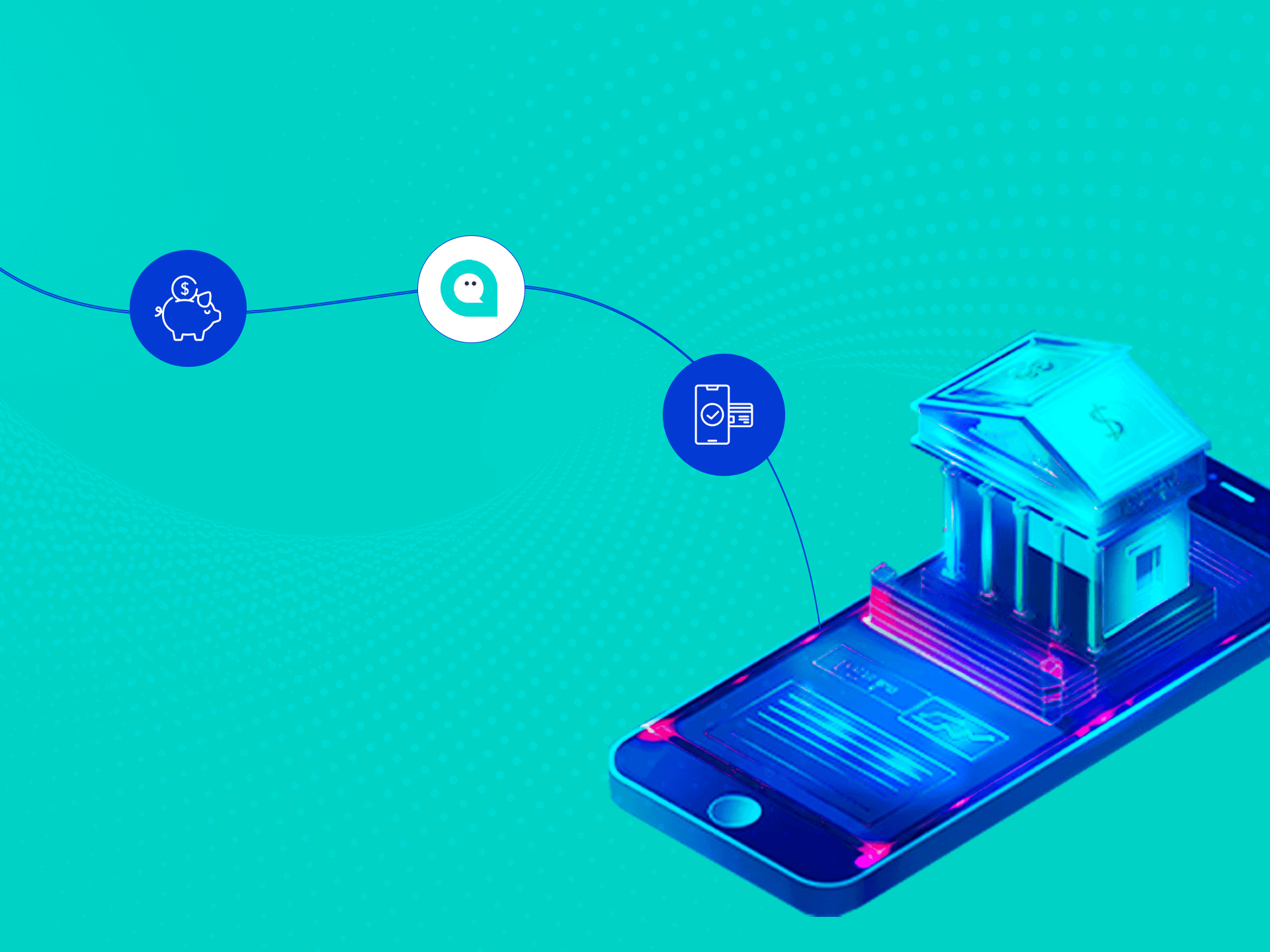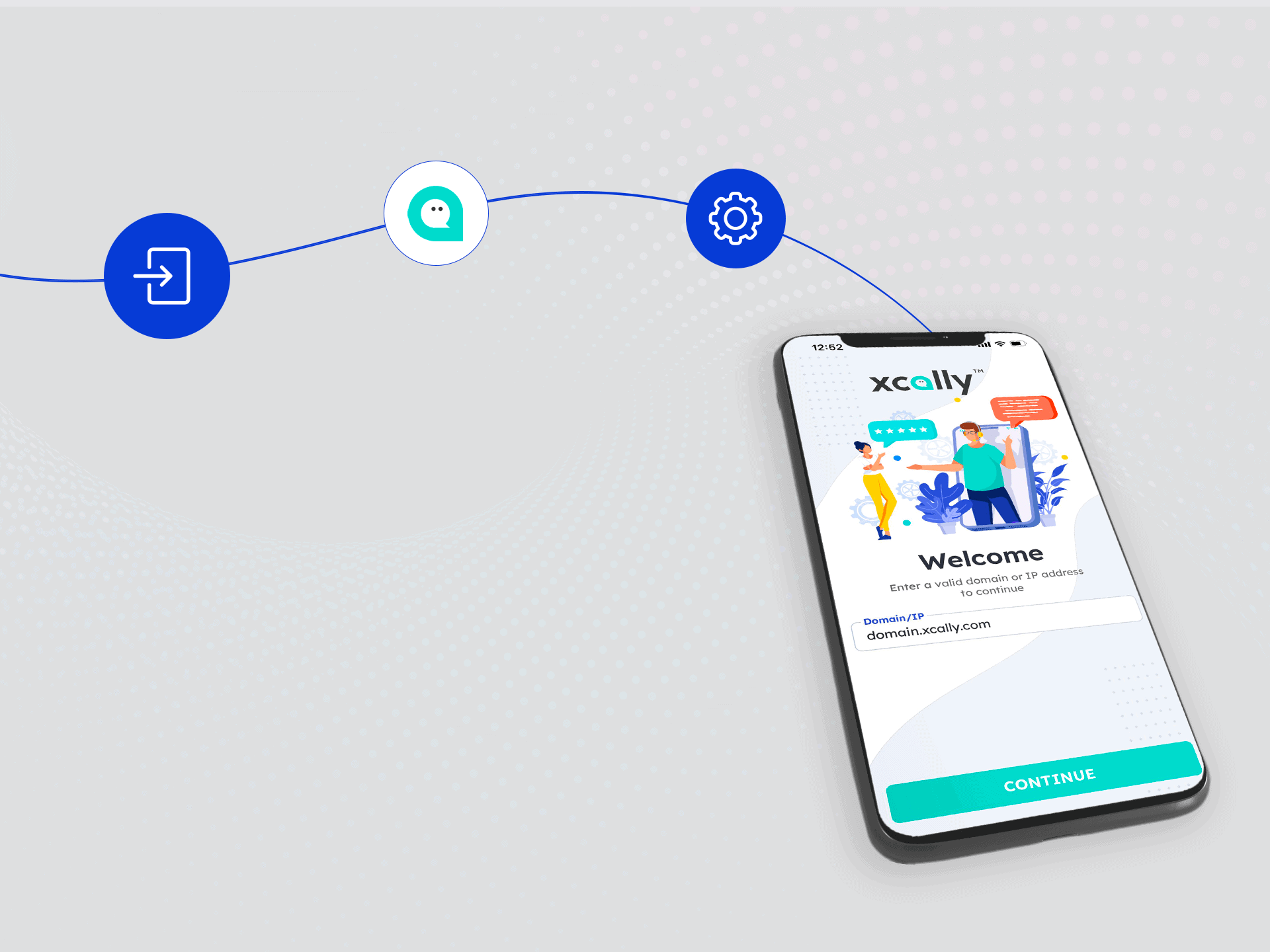Healthcare is undergoing a radical transformation through the adoption of the concept of omnichannel healthcare. This new philosophy is based on the integration of different communication channels, such as telemedicine, mobile apps, chatbots and digital platforms, in order to provide a seamless experience for patients.
The omnichannel healthcare paradigm is changing the industry through a truly patient-centered and integrated approach. Let's find out in detail what this is all about.
What is omnichannel healthcare
Also referred to as Connected Medicine, it is a model that aims to create a seamless and personalized healthcare experience for the patient through the coordinated use of all available channels of care (hospitals, outpatient clinics, telemedicine, wearable devices, chatbots).
The main objective
The main goal of omnichannel healthcare is to improve access to health care, facilitate communication between patients and medical professionals, and provide a high-quality, personalized experience, all through physical and digital touchpoints that ensure continuity of care and circulation of information.
The pillars of omnichannel healthcare
The key elements of omnichannel healthcare, which are fundamental to an effective and integrated healthcare strategy, can be summarized in three main pillars: simplified access, integrated communication, and personalized patient experience.
- Simplified access: means providing patients with the ability to access health services and resources quickly, conveniently, and seamlessly. Through the integration of digital channels, such as mobile apps, online platforms, and telemedicine, patients can book appointments, request consultations, and access health information from anywhere, anytime, reducing wait times and improving accessibility to health care.
- Integrated communication: this involves enabling patients and medical professionals to communicate smoothly and effectively through channels such as chatbots, email, telephone and video calls. Integrated communication enables timely response to patient questions, sharing of important information, and efficient management of health conditions. This approach facilitates collaboration among various health care stakeholders and promotes individualized and coordinated care.
- Personalized patient experience: each patient has unique needs and specific expectations regarding health care. Omnichannel healthcare aims to meet these needs through a personalized approach that takes into account patients' individual preferences, health conditions, and past experiences. Data collection and analysis can help create personalized profiles for patients, enabling the provision of targeted services and recommendations that improve the overall patient experience and satisfaction.
These elements work together to transform health care by improving efficiency, accessibility, and quality of care to provide an optimal patient experience.
The benefits of omnichannel healthcare
As a direct consequence of the choices introduced by the omnichannel healthcare approach, we can see some short- and medium-term benefits in healthcare that redefine the doctor-patient relationship.
The benefits to the patient
- Access to assistance from any location H24
- Personalized experience of care according to one's needs
- Increased therapeutic adherence and involvement in the care pathway
- Reducing queues and waiting times
- Independent control and management of one's own health status
- Improved clinical outcomes and quality of life.
The benefits to the health care system
- Enables the circularity of health information by improving communication among all physicians involved in the care pathway
- Allows customization of care according to the individual patient'sprofile and specific needs (e.g., previous conditions, lifestyle, allergies, etc.)
- Facilitates preventive medicine through constant monitoring of parameters and lifestyle that can prevent the occurrence of diseases
- Promotes forms of patient education and awareness through personalized digital content to promote patient autonomy.
- Enable new service models such as home hospitalization and short stays through remote post-discharge management.
- It enables analytical management of care pathways through advanced metrics to optimize cost-benefit and effectiveness with respect to health outcomes.
- Looking forward, it opens to tele-specialization and involvement of centers of excellence even remotely for complex diseases.
Technologies enabling omnichannel healthcare
Omnichannel health care relies on a number of enabling technologies that enable data integration, telemedicine, the use of artificial intelligence, and data analytics. These technologies are revolutionizing the scope by enabling smooth and personalized communication between patients and health care providers, improving accessibility, efficiency, and quality of care.
Data integration and interoperability
One such technology is data integration and interoperability, which enables the secure and efficient sharing of information between different platforms and systems. This means that patient data, including their medical records, prescriptions, and contact information, can be accessed and updated in real time across all channels used in health care, such as websites, mobile apps, messaging systems, and connected medical devices.
Telemedicine and remote monitoring
This form of remote health care allows patients to avoid long trips and reduce waiting times, improving the accessibility and efficiency of health care services. In addition, remote monitoring of patients via wearable devices, such as smartwatches or sensors, allows physicians to constantly monitor patients' conditions and receive real-time notifications in case of abnormalities. This technology enables continuous and personalized care, improving the quality of care and reducing unnecessary hospitalizations.
Artificial intelligence and data analysis
Artificial intelligence (AI) and data analytics play a key role in omnichannel healthcare. AI can be used to automate repetitive processes, improve diagnosis and prescription of treatments, and provide personalized recommendations to patients. In addition, data analytics allows meaningful information to be extracted from the large volumes of data generated in health care, enabling health care providers to make more informed, evidence-based decisions. These technologies support personalization of care, optimization of resources, and identification of useful patterns and trends to improve population health.

How XCALLY can improve omnichannel healthcare
XCALLYis a cutting-edge platform that can help successfully implement an omnichannel healthcare system for many healthcare facilities. Here's how:
Patient interaction management platform
XCALLYoffers a comprehensive solution for managing patient interactions. By enabling the centralization of all communication channels, such as telephone, chat, email and social media, the software simplifies the monitoring and management of user relationships, ensuring a timely and consistent response.
Intelligent automation and chatbots
XCALLY includes intelligent automation features and chatbots that can provide immediate and personalized responses. This reduces wait times and improves the overall patient experience by providing support and useful information quickly and efficiently.
Advanced analytics and personalization of care
XCALLY also offers advanced analytical tools to monitor patient interactions and collect valuable data. This data can be used to personalize care, better understand patient needs, and continuously improve the quality of health care provided.
Improving health care with omnichannelity
Omnichannel healthcare represents a true revolution in health care, improving access, communication and the patient experience. Thanks to solutions such as XCALLY, it is possible to successfully implement this new philosophy, providing more efficient, personalized, and high-quality health care. The ultimate goal is to ensure a seamless experience, improving the quality of care and contributing to the overall well-being of the patient.




